
Look at all this litter! Why have they not thrown it in the bin?’ asked children from Little Forest Folk in Twickenham, south west London when they collected the first of many bags of rubbish from around their grounds.
Children were shocked by the amount of rubbish they found after their setting decided to focus on litter and waste as part of its environmental plan to improve its environment and achieve Eco-School status.
‘We want to get the message across that we only have one world and it is important for us to care for and look after our environment,’ says lead forest educator Kelly Norman. ‘By the children learning more about the problem of litter and waste and what they can directly do to help, it then supports them in their greater environmental awareness.’
WHAT IS LITTER?
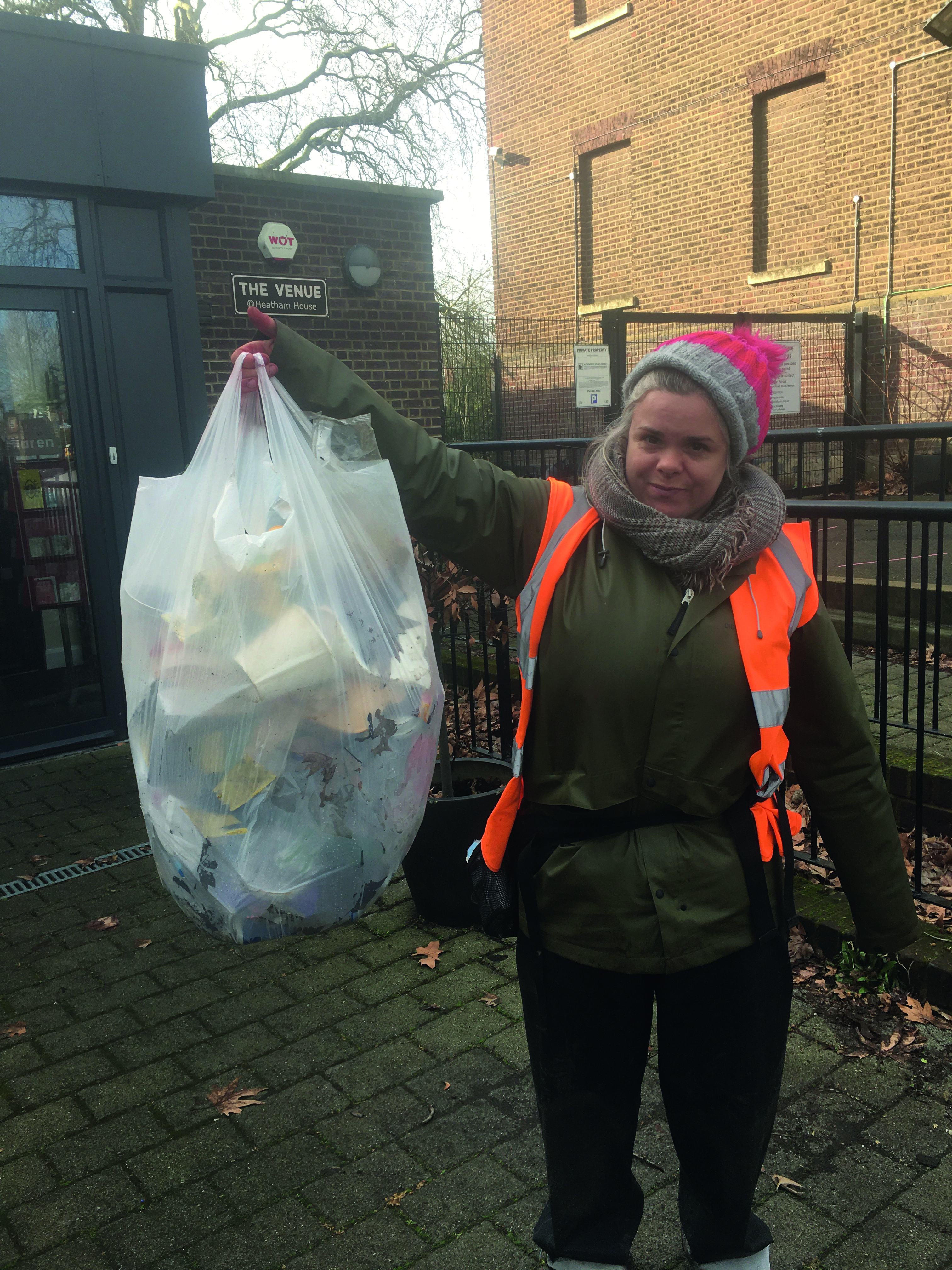
Educators at the outdoor nursery started by discussing with the two- to five-year-olds what they knew about litter. They talked about how it is waste that has been left in the wrong place – whether that is a small sweet wrapper or something bigger such as a tyre that has been inappropriately dumped.
It was agreed that rubbish does not look nice and it can also be harmful to animals. For example, common mammals such as hedgehogs, and birds including swans, often suffer injuries caused by getting caught up in waste or eating it.
An estimated eight million tonnes of litter enters the world’s oceans every year, with plastic pollution being the biggest risk to marine wildlife. Children looked at images of plastic pollution as it breaks down into smaller pieces and harms sea creatures, from dolphins to fish and plankton.
‘We talked to the children about the dangers of plastic pollution and how plastic bags can end up in rivers and be taken out to sea or washed up on beaches where they can be harmful to wildlife. The children found this sad, but because of their young age and the location they live, it was an abstract concept for them,’ says Ms Norman.
‘We are based on a shared site with a youth centre and our car park can get messy with litter. One child shared how they pick litter up at home, and we thought that by actively litter-picking on our site we could make it more real to them. The concept of litter in the sea is difficult, but seeing it on our car park is very real and the children could experience the feeling of making a difference by tidying up the area.’
The nursery ordered litter-pickers for the children to use to collect the rubbish. The children had fun designing ‘heads’ for the litter-pickers to make them look friendlier, with some children enthusiastically continuing to design heads at home which they were keen to share with the educators.
Children were intrigued by the litter-pickers and looking at how they work by squeezing the handle to make the two claws at the end grab hold of the litter, which challenged their motor skills and hand-eye co-ordination. ‘They are really keen to use the litter-pickers,’ says Ms Norman. ‘Being able to grab the litter is a skill in itself which a lot of the children find hard, but there is perseverance and they are proud of themselves when they manage.’
Children now daily tidy their Forest School site and once a week conduct a bigger litter-pick in their bubbles around the whole area, including the car park.
‘We have talked about why we wear gloves while litter-picking to protect our hands from getting hurt and because the items we collect may be dirty,’ says Ms Norman. ‘It has also helped us to reinforce the message of washing hands regularly, especially after handling dirty objects, so that we don’t get germs.’
LOTS TO LEARN
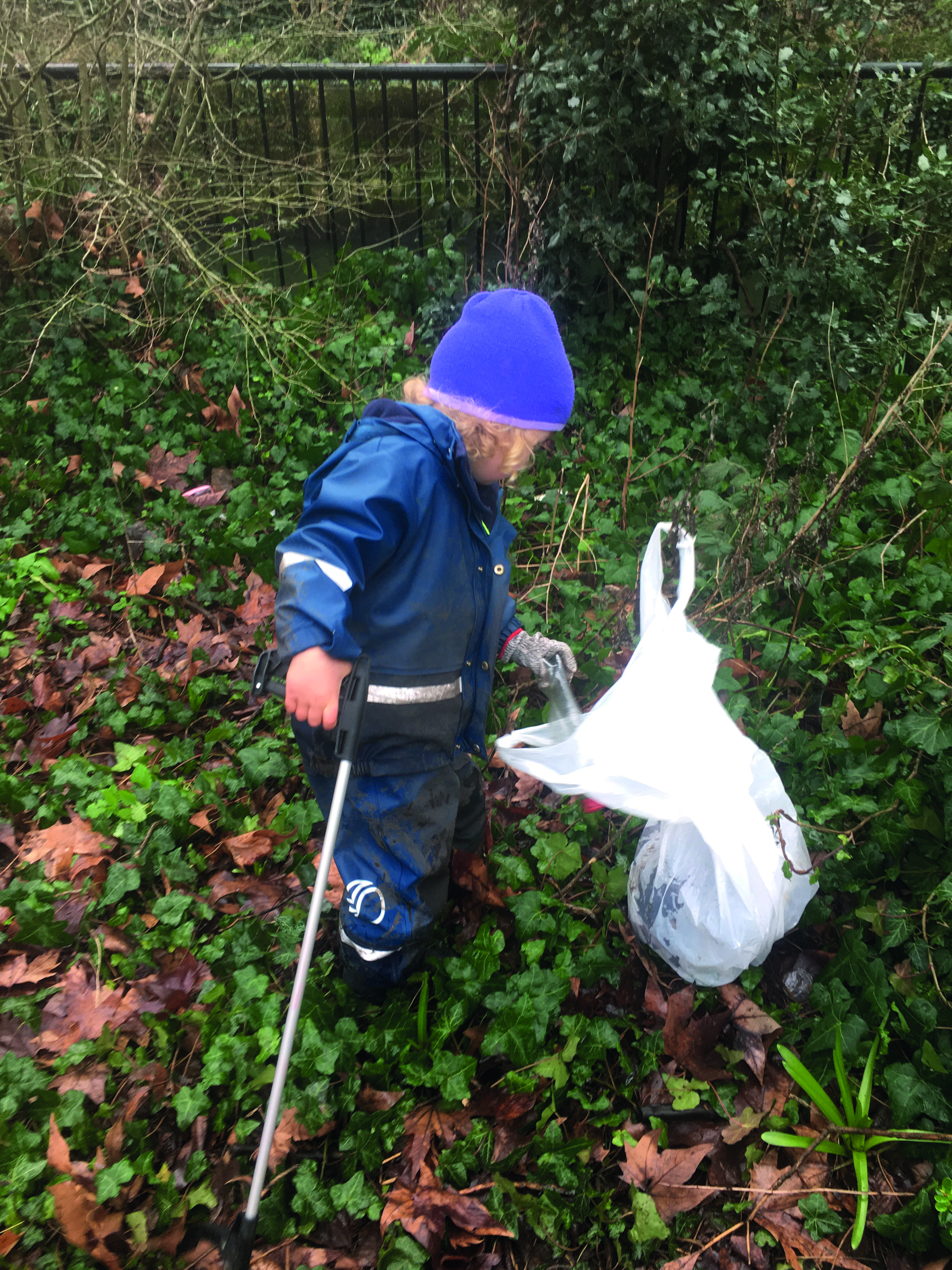
Educators used the litter-picking as an opportunity to support the children’s scientific learning and understanding by investigating the different pieces of litter the children had collected. They found they had a range of items, from sweet wrappers and aluminium cans to glass bottles and plastic bags.
They looked at the different materials that the items were made from – metal, paper, plastic, wood, glass or rock – and discussed whether they were natural or artificial and whether they could be recycled. Educators supported the children to group and classify the items by their properties and by what they are used for.
Children concluded that while wood is natural and it is OK for it to be in the forest, glass and plastic are manmade, so items made out of these materials must be picked up.
Children also used their numeracy skills to count the different pieces of litter. They used concepts of bigger and smaller amounts to work out what they had the most and the least of. Ms Norman plans to extend this activity by introducing them to bar graphs to pictorially display their mathematical findings and help them to compare different amounts.
WHY WE RECYCLE
Collecting litter led to discussions around what happens to rubbish and how it is good for the environment to recycle and reuse items as much as possible. This helps to stop wasting natural resources and prevent them from going to landfill sites.
‘We are demonstrating to the children how it is good to repurpose objects rather than just dispose of them,’ says Ms Norman. ‘For example, we recently put holes in the lids of empty plastic milk bottles and turned them into watering cans for the children to use during gardening.’
She adds, ‘We now use delivery boxes and packaging to draw on before putting them in the recycling, and educators bring in objects from home to reuse. We made bags for Red Nose Day and children cut up old clothing to decorate them.’
Educators have noticed that children are becoming much more aware of keeping their environment clean and tidy. They comment on whether to throw objects in the bin, and that by picking up litter they are being kind to the environment, which is one of their forest codes.
‘It is starting to get the children thinking about big eco-friendly ideas,’ says Ms Norman. ‘We are all learning as we go along, and slowly we will have an impact. I’m compiling what we are doing into a book so that we can share what we have done and use it as a prompt to discuss what we are doing and reflect on it.’
BOOK CORNER
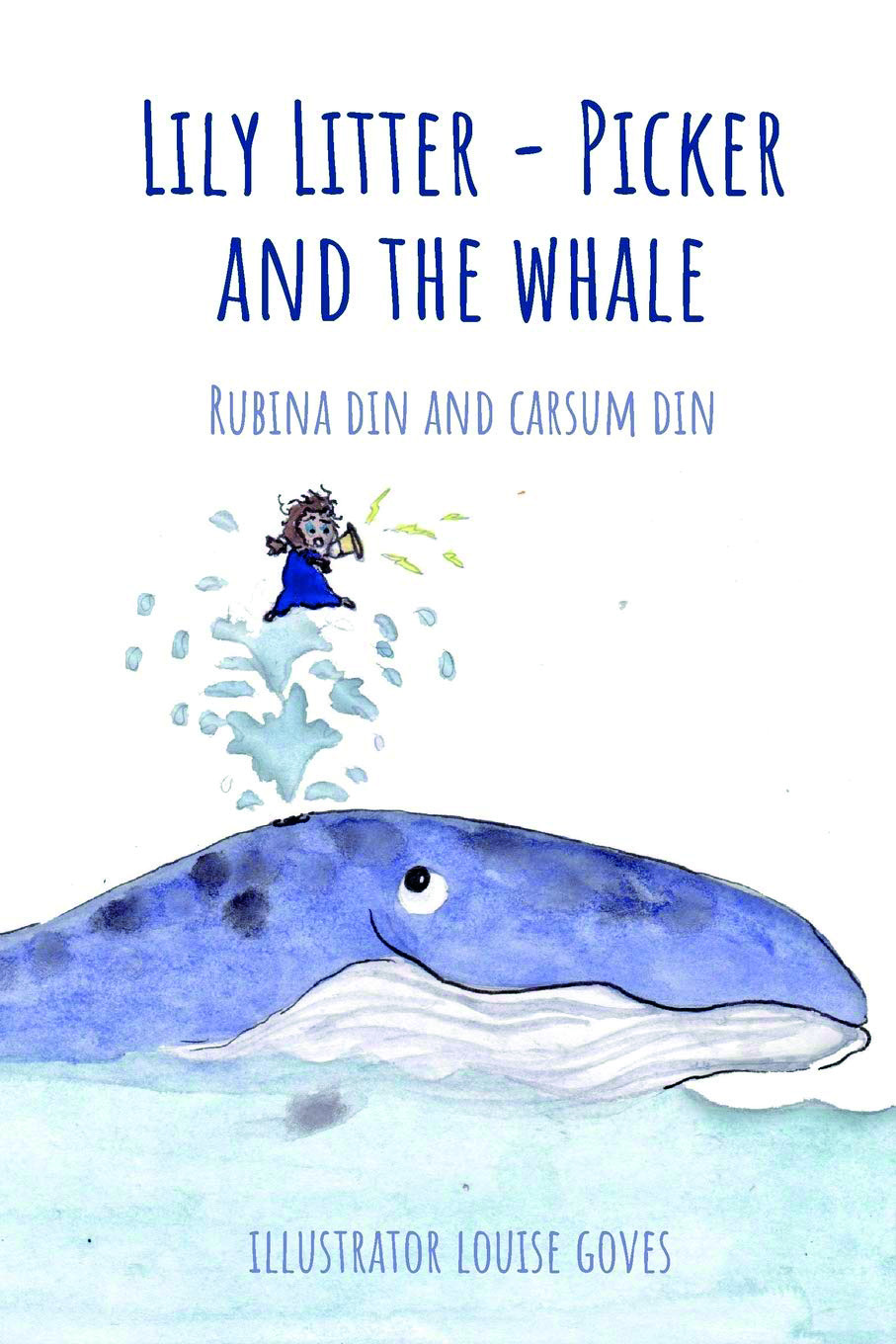 Lily Litter-Picker and the Whale by Rubina Din, Carsum Din and Louise Goves
Lily Litter-Picker and the Whale by Rubina Din, Carsum Din and Louise Goves
Eco–warrior and litter-picker Lily investigates the rumbling, tumbling and grumbling coming from the beach…
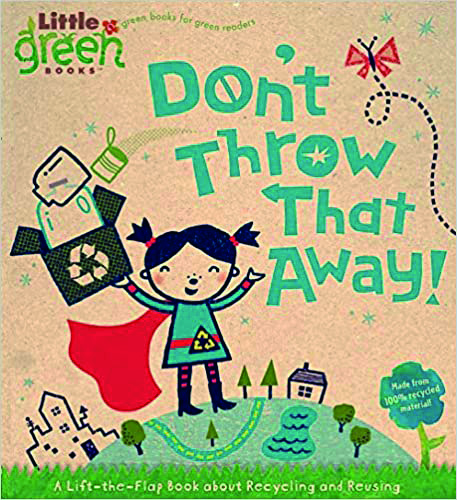 Don’t Throw That Away! by Lara Bergen
Don’t Throw That Away! by Lara Bergen
Follow an eco-conscious superhero as he shows young children how to recycle and reuse common household items.
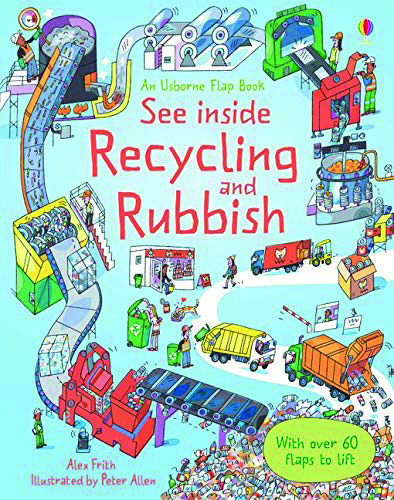 See Inside Recycling and Rubbish by Alex Frith and Peter Allen
See Inside Recycling and Rubbish by Alex Frith and Peter Allen
Where rubbish comes from, how glass, metal, plastic and paper can be remade into new things, and what happens to stuff we don’t recycle.
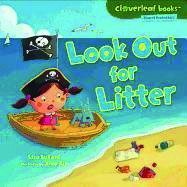 Look Out For Litter by Lisa Bullard
Look Out For Litter by Lisa Bullard
Join Trina to learn how little pieces of rubbish can become big problems and find out how to take care of litter.
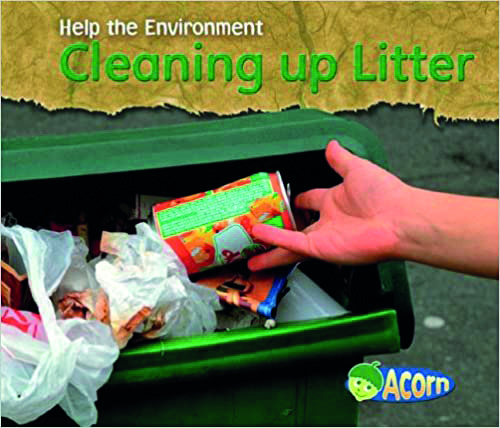 Help the Environment: Cleaning Up Litter by Charlotte Guillain
Help the Environment: Cleaning Up Litter by Charlotte Guillain
Introduce young children to the concept of caring for our environment.
 Plastic (Reduce, Reuse, Recycle) by Alexandra Fix
Plastic (Reduce, Reuse, Recycle) by Alexandra Fix
Discover how plastic is made, used and affects the environment.
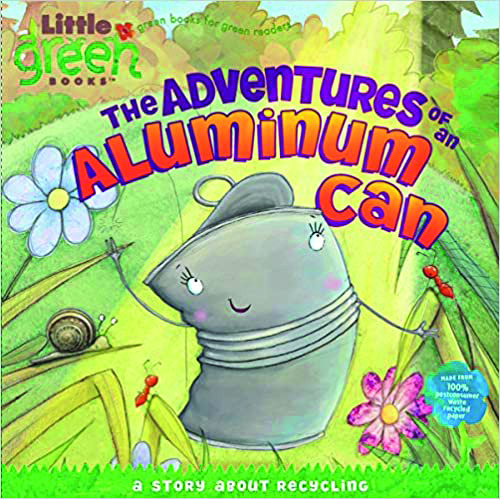 The Adventures of an Aluminium Can/The Adventures of a Plastic Bottle by Alison Inches
The Adventures of an Aluminium Can/The Adventures of a Plastic Bottle by Alison Inches
Follow a can and bottle’s journey from being made to being used and finally to being recycled.
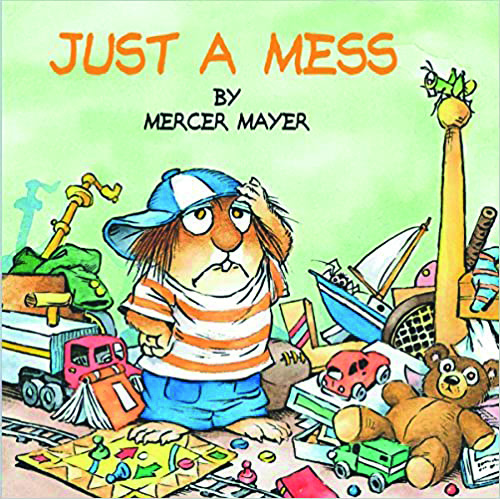 Just a Mess by Mercer Mayer
Just a Mess by Mercer Mayer
Little Critter has made a big mess in this funny book about tidying up after yourself.









